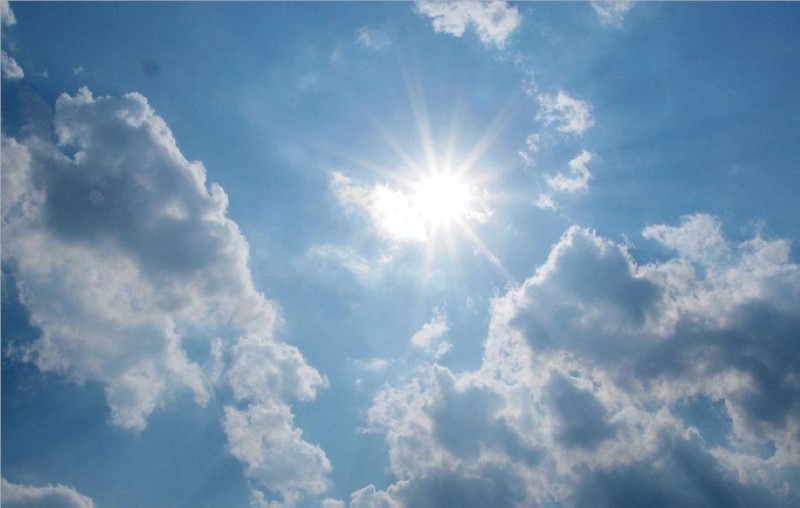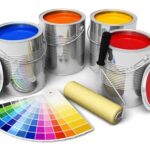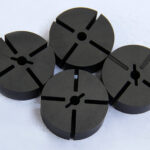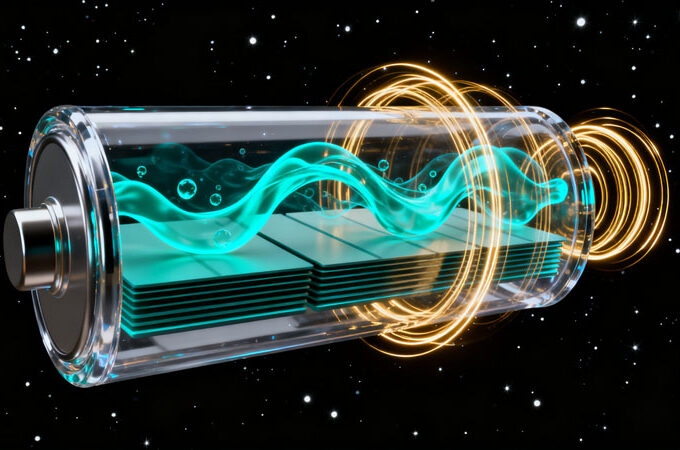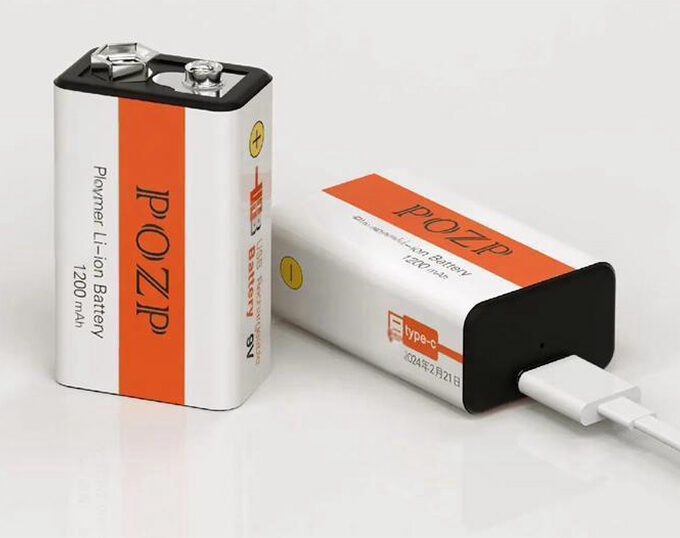The Sun, as our vital energy source, is a magnificent celestial body that powers life on Earth. Its radiant energy not only illuminates our days but also drives the critical processes that sustain ecosystems. For many, the prospect of observing the Sun up close is as exciting as it is daunting. However, the intense light and radiation emitted by our star can pose significant risks to our vision if not viewed correctly. In this feature, we delve into the safe and rewarding practices of solar observation, ensuring you can explore this natural wonder without harm.
Understanding the risks
Gazing at the Sun directly is a perilous endeavor. The Sun emits intense ultraviolet (UV) and visible light that can inflict irreversible damage on the retina, potentially leading to blindness. Solar retinopathy, caused by direct exposure, is a serious condition where the retinal tissues are permanently scarred. Hence, adopting proper safety measures is paramount for anyone interested in observing the Sun.
Safe methods to observe the sun
Solar viewing glasses
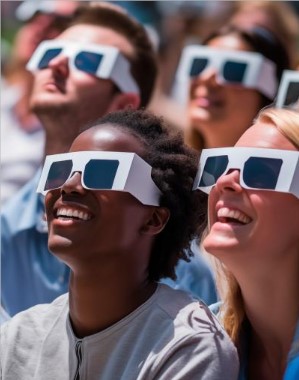
Specially designed solar viewing glasses, also known as eclipse glasses, are an accessible and effective way to safely view the Sun. These glasses are equipped with a special film that reduces the Sun’s brightness to safe levels and blocks harmful UV and infrared radiation. It’s imperative to use only ISO-certified solar viewing glasses, as regular sunglasses are insufficient for protection.
Pinhole projector
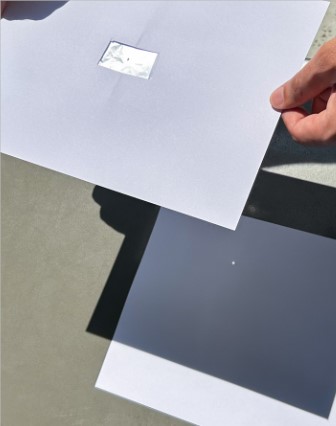
For a simple yet ingenious method, consider the pinhole projector. By creating a small hole in a piece of cardboard and projecting the sunlight onto another surface, you can observe a safe, indirect image of the Sun. This technique is particularly popular during solar eclipses and requires minimal materials, making it an ideal educational tool.
Solar filters for felescopes and binoculars
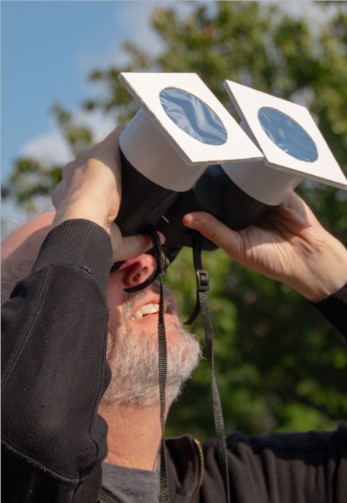
For enthusiasts seeking a closer look, solar filters for telescopes and binoculars are invaluable. These filters are designed to fit securely over the lenses, blocking out harmful rays and reducing brightness to safe levels. Ensure that the filters are specifically rated for solar observation and are free from any damage that could compromise their effectiveness.
Solar telescopes
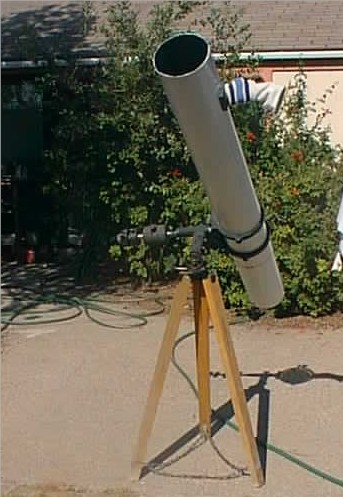
Dedicated solar telescopes offer a premium viewing experience. These instruments are engineered exclusively for solar observation, equipped with built-in filters that allow you to safely study intricate solar features such as sunspots, flares, and prominences. The precision and clarity provided by solar telescopes make them a worthwhile investment for avid astronomers.
Welder’s glass
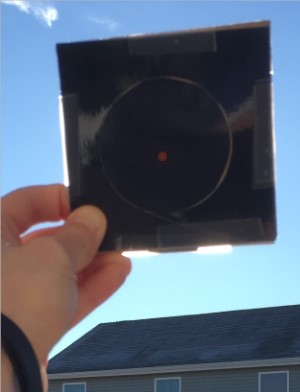
A more unconventional but effective tool is welder’s glass, specifically those rated at shade number 14 or higher. This darkened glass can filter out harmful solar radiation, providing a safe means to observe the Sun. However, always ensure the glass is free of scratches and imperfections to maintain its protective integrity.
What to avoid
- Direct observation without protection
Never look directly at the Sun without appropriate protective gear. The risks of severe and permanent eye damage are too great.
- Using regular sunglasses
Even the darkest sunglasses fall short of providing adequate protection against the Sun’s intense radiation.
- Unfiltered telescopes or binoculars
Avoid using telescopes or binoculars without proper solar filters, as they can dangerously magnify the Sun’s rays, leading to instant eye injury.
Conclusion
The Sun, with its awe-inspiring power and beauty, invites us to observe and understand it. By employing the right safety measures—whether through solar viewing glasses, pinhole projectors, solar filters, or dedicated solar telescopes—you can embark on a journey of discovery without risking your eyesight. Always prioritize ISO-certified equipment and steer clear of direct, unprotected observation. With these precautions, the wonders of our closest star are yours to explore, safely and spectacularly.


